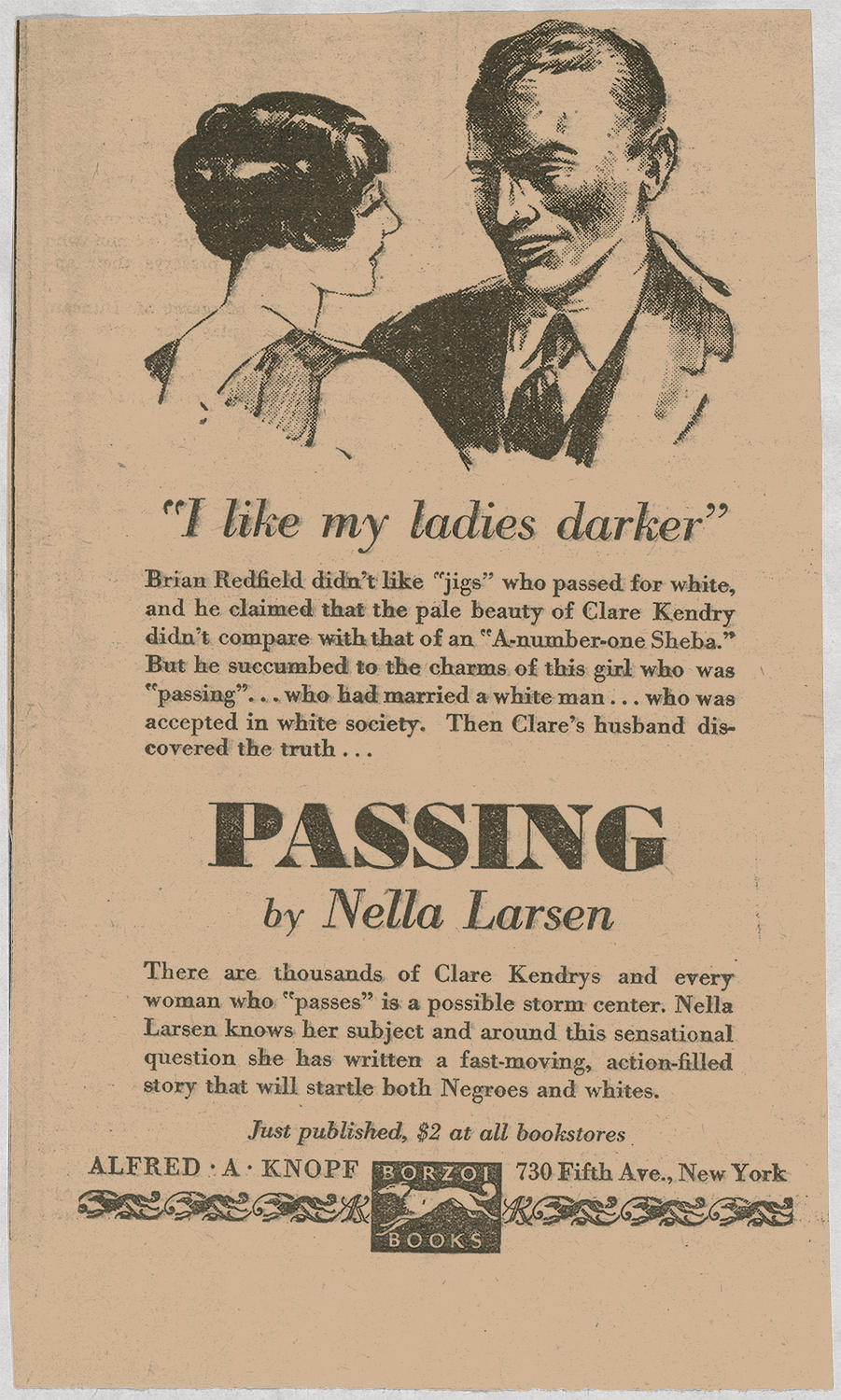How U.S. Law Inspired the NazisPosted in Articles, Europe, History, Interviews, Law, Media Archive, United States on 2017-03-25 20:13Z by Steven |
How U.S. Law Inspired the Nazis
The Chronicle Review
The Chronicle of Higher Education
2017-03-19
Marc Parry, Senior Reporter
 Asian immigrants in the late 1920s await processing in an internment center in San Francisco. AP Images |
It started with Mein Kampf. James Q. Whitman, a specialist in comparative law at Yale University, was researching a legal-history question when he pulled Adolf Hitler’s mid-1920s manifesto from the shelf. What jumped out at Whitman was the admiration that Hitler expressed for the United States, a nation that the future Führer lauded as “the one state” that had made progress toward establishing a healthy racial order. Digging deeper, Whitman discovered a neglected story about how the Nazis took inspiration from U.S. racial policies during the making of Germany’s Nuremberg Laws, the anti-Jewish legislation enacted in 1935. That history is the focus of Whitman’s new book, Hitler’s American Model (Princeton University Press). The interview that follows has been edited and condensed…
…You also write that some Nazis felt that the American legal example went too far. The Nazis were very interested in the way Americans classified members of the different races, defining who counted as black or Asian or whatever it might be. And there, in particular, the most far-reaching Nazi definition of who counted as a Jew was less than what you found in almost any American state. The most far-reaching Nazi definition, which dates to 1933, held that a Jew was anybody who had one Jewish grandparent. There were a few American states that made the same provision with regard to blacks. But most of them went much further than that. At the extreme, American states had what’s called the one-drop rule. That is, one drop of black blood makes you black…
Read the entire interview here.


